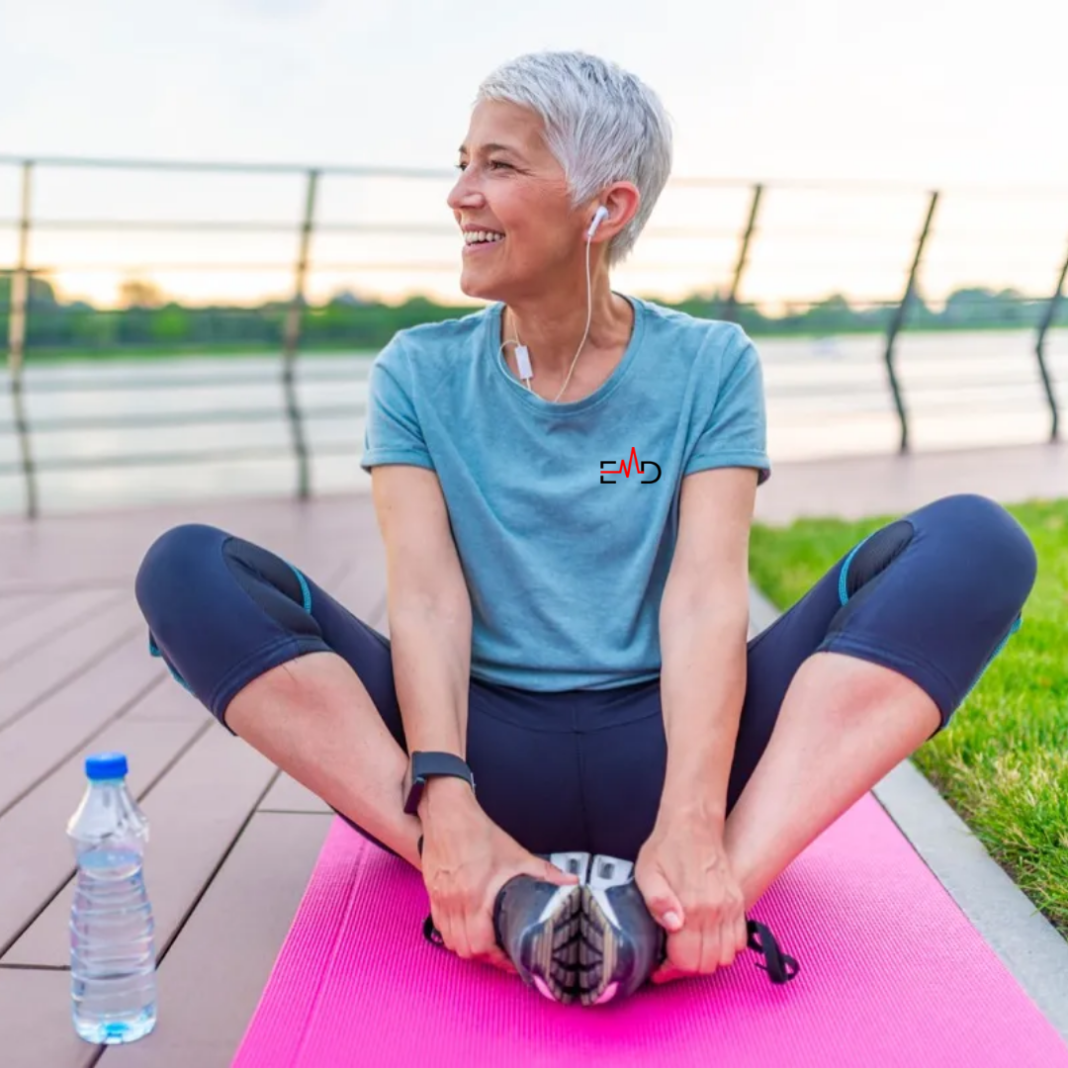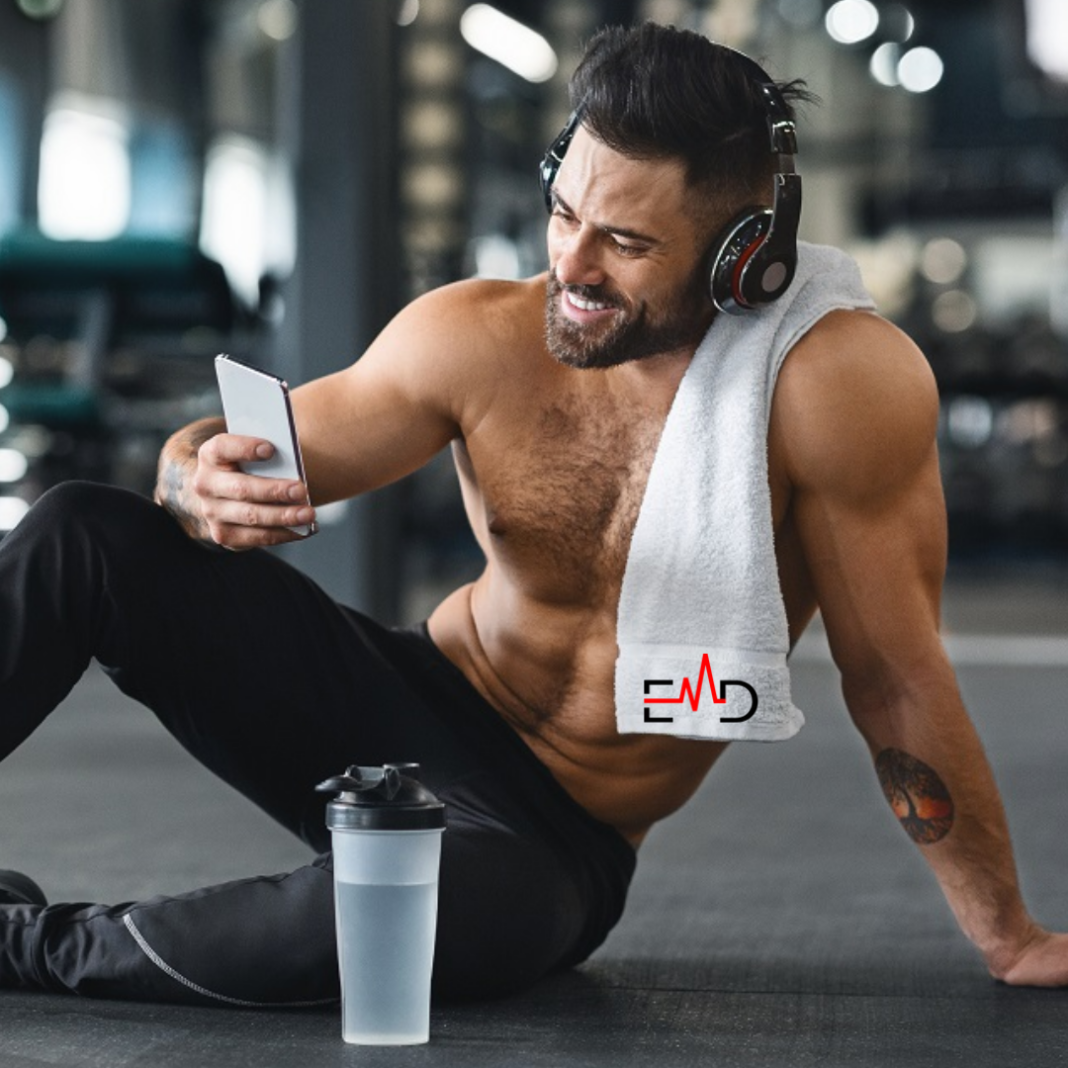Exercise Daily – As we age, it becomes increasingly important to prioritize our health and fitness. Regular exercise is one of the best ways to stay fit and maintain overall well-being, especially after entering the golden years. In this article, we will explore ten easy exercises you can do in the comfort of your home to stay fit and active after age 60. These exercises are designed to be safe, effective, and suitable for individuals of varying fitness levels. Let’s dive in and discover how you can maintain your fitness journey right from the comfort of your living room.
1: Chair Squats
One of the most accessible exercises for strengthening your legs and core muscles is chair squats. Stand in front of a sturdy chair with your feet shoulder-width apart to perform this exercise. Slowly lower yourself as if you’re about to sit on the chair, keeping your weight on your heels. Pause for a moment and then rise back up to a standing position. Repeat this movement for a set of 10 to 15 repetitions.
Chair squats are an excellent way to improve your leg strength and stability. They also engage your core muscles, promoting better balance and coordination. You can maintain strong and functional lower body muscles by incorporating chair squats into your routine.
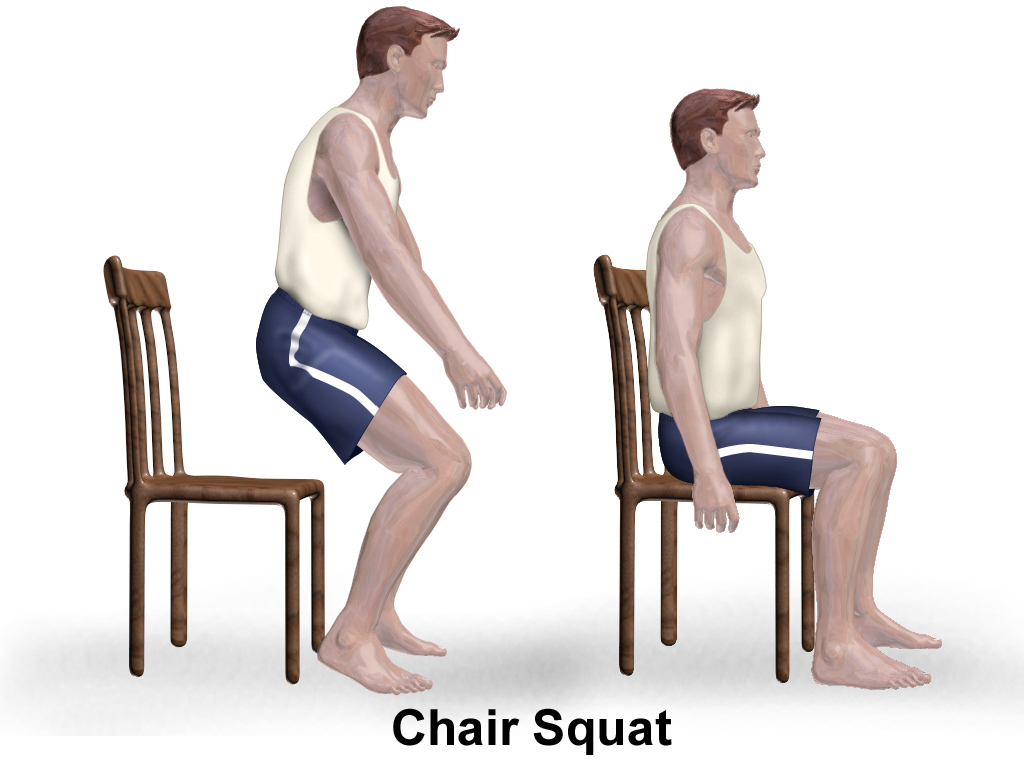
2: Wall Push-Ups
Wall push-ups are fantastic for strengthening your chest, shoulders, and arm muscles. Stand facing a wall with your feet shoulder-width apart to perform this exercise. Place your hands on the wall at shoulder height, slightly wider than your shoulders. Bend your elbows and lean towards the wall, keeping your back straight. Push back against the wall to return to the starting position. Aim for 10 to 15 repetitions.
Wall push-ups are a great alternative to traditional floor push-ups, mainly if you have limited upper body strength or find floor exercises challenging. They provide a similar range of motion and help build strength in your upper body muscles.
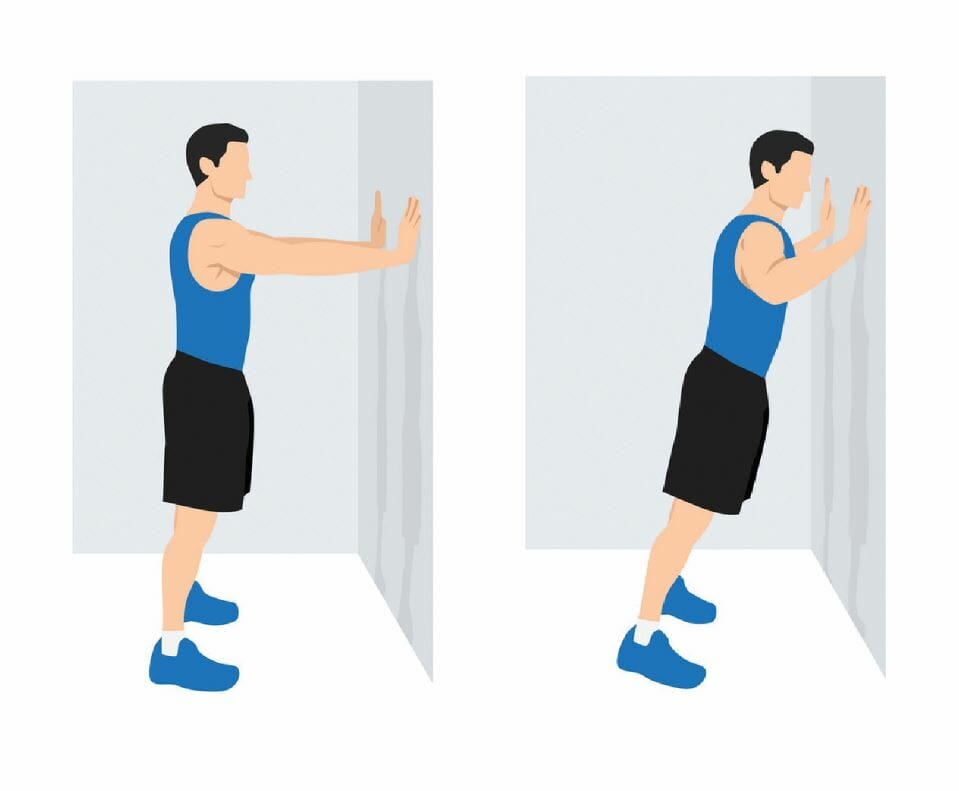
3: Marching in Place
Marching in place is a simple yet effective exercise that gets your heart pumping and improves cardiovascular health. Start by standing with your feet hip-width apart. Lift one knee as high as possible, then lower it back down. Repeat this movement with the opposite leg, alternating between legs for 10 to 15 repetitions on each side.
This exercise elevates your heart rate, improves circulation, and increases endurance. It can be a great warm-up exercise or a standalone aerobic activity for maintaining cardiovascular fitness.
4: Leg Raises
Leg raises are an excellent exercise for targeting your lower body muscles, particularly the hip flexors and abdominal muscles. Begin by lying on your back with your legs extended. Slowly lift one leg off the ground while keeping it straight. Raise it as high as you comfortably can, then lower it back down. Repeat the same movement with the other leg. Aim for 10 to 15 repetitions on each leg.
Leg raises help strengthen your hip flexors, which are crucial for maintaining mobility and stability. They also engage your abdominal muscles, promoting core strength and stability.
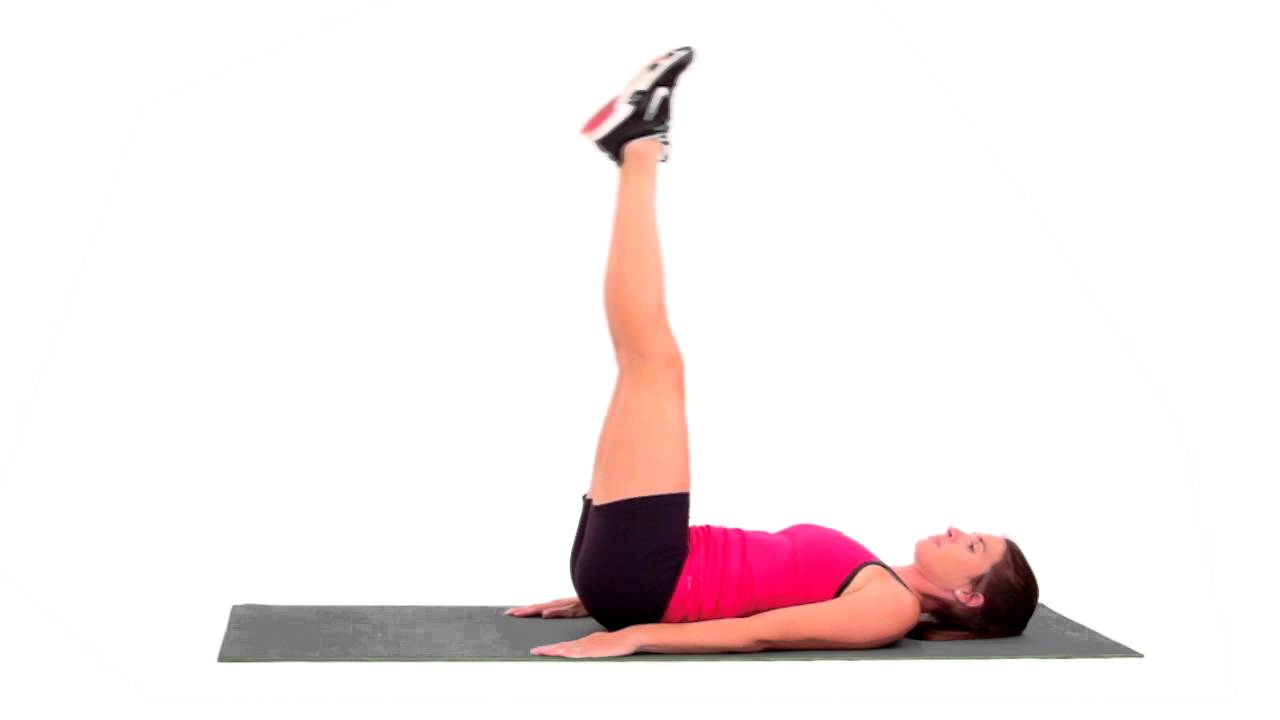
5: Arm Curls with Water Bottles
Maintaining strong and toned arms is essential for performing daily activities and maintaining independence. Arm curls with water bottles are a simple yet effective way to achieve this. Grab two water bottles or light dumbbells, one in each hand. Stand with your feet shoulder-width apart and let your arms hang by your sides. Slowly bend your elbows and bring the water bottles or dumbbells towards your shoulders. Lower them back down to complete one repetition. Aim for 10 to 15 repetitions.
You engage the muscles in your biceps and forearms by performing arm curls, promoting strength and definition. This exercise can enhance your ability to perform tasks that require upper body strength, such as carrying groceries or lifting objects.
6: Seated Leg Extensions
Seated leg extensions are an excellent exercise for strengthening the muscles in your legs, particularly the quadriceps. Sit on a chair with your back straight and feet flat on the floor. Extend one leg straight out before you, keeping your foot flexed. Hold this position for a few seconds, then lower your leg. Repeat the movement with the other leg. Aim for 10 to 15 repetitions on each leg.
Seated leg extensions target your quadriceps, which are crucial for walking, climbing stairs, and maintaining balance. This exercise helps improve leg strength and stability.
7: Standing Heel Raises
Maintaining strong calf muscles is essential for stability and balance. Standing heel raises are an effective exercise for targeting the calf muscles. Begin by standing behind a sturdy chair or using the back of a couch for support. Place your hands lightly on the chair or sofa for balance. Lift your heels as high as possible, then lower them back down. Aim for 10 to 15 repetitions.
Standing heel raises help to strengthen your calf muscles, which are essential for walking, standing, and maintaining balance. Incorporating this exercise into your routine can improve lower body strength and stability.
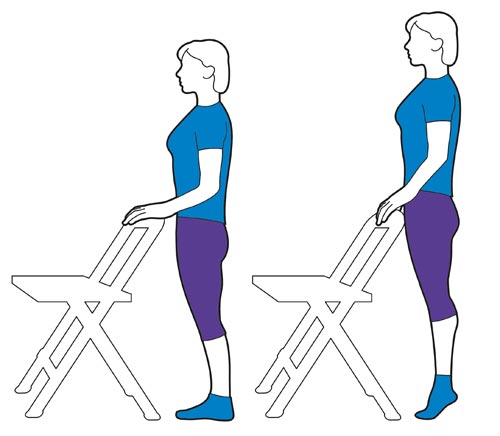
8: Abdominal Crunches
Building a strong core is crucial for maintaining good posture, stability, and overall strength. Abdominal crunches are a classic exercise for targeting your abdominal muscles. Start by lying on your back with your knees bent and feet flat on the floor. Place your hands behind your head or cross them over your chest. Engage your abdominal muscles and lift your head, neck, and shoulders off the ground. Hold for a moment, then slowly lower back down. Aim for 10 to 15 repetitions.
Abdominal crunches help strengthen your rectus abdominis muscles and obliques, contributing to better core stability and posture. Remember to perform this exercise with controlled movements and avoid straining your neck.
9: Shoulder Rolls
Shoulder rolls are a simple exercise that can help improve shoulder mobility and relieve tension in the upper body. Stand with your feet shoulder-width apart and let your arms hang by your sides. Slowly roll your shoulders forward in a circular motion, making smooth and controlled movements. Complete 10 to 15 forward rolls, reverse the direction and perform 10 to 15 backward rolls.
Shoulder rolls help loosen up the muscles in your shoulders and upper back, reducing stiffness and promoting a better range of motion. Performing this exercise regularly can alleviate discomfort and improve overall shoulder mobility.
10: Yoga and Stretching
Incorporating yoga and stretching exercises into your fitness routine can provide numerous benefits, including improved flexibility, balance, and relaxation. Yoga poses such as the downward-facing dog, cat-cow stretch, and seated forward bend can help improve joint mobility and muscle flexibility. Stretching exercises targeting major muscle groups, such as the hamstrings, quadriceps, and shoulders, can also contribute to better overall flexibility.
Dedicating a few minutes daily to yoga and stretching exercises can enhance your physical well-being and allow you to enjoy increased mobility and relaxation.
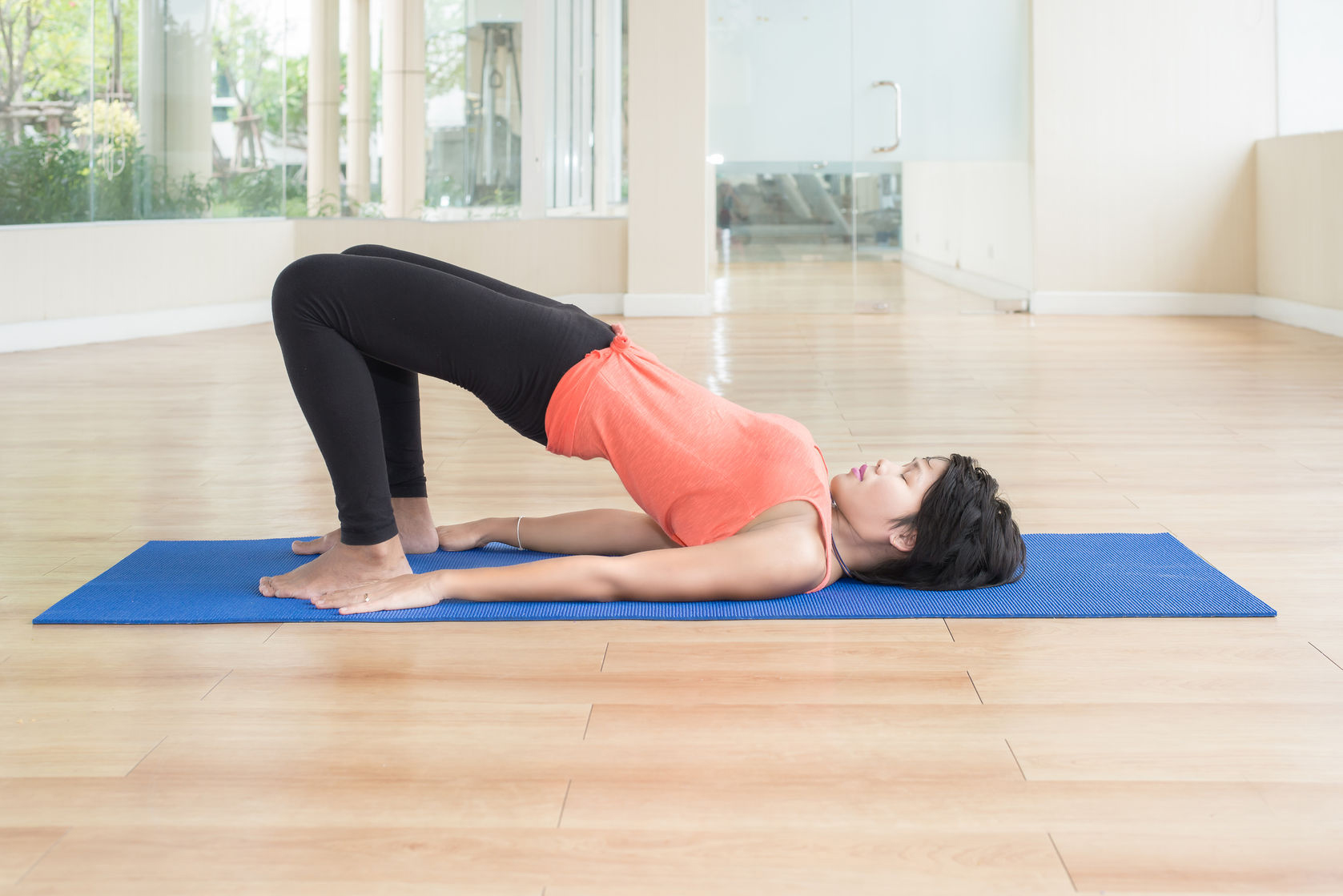
Tips for Getting Started
Before starting any exercise program, it’s essential to consult with your doctor, especially if you have any underlying health conditions or concerns. Once you receive the green light, here are some tips to get started:
- Start slowly: Begin with comfortable and manageable exercises for your fitness level. Gradually increase the intensity and duration as you become more comfortable and confident.
- Create a routine: Establish a regular exercise routine that works for you. Consistency is vital when it comes to maintaining fitness. Set aside specific times during the week dedicated to exercise.
- Set realistic goals: Identify what you want to achieve through your exercise routine. Whether improving strength, flexibility, or cardiovascular fitness, set realistic and attainable goals to motivate yourself.
- Warm-up and cool down: Before starting any exercise, warm up your muscles with light cardio or dynamic stretches. Cooling down with static stretches after your workout can help prevent muscle soreness and improve flexibility.
- Stay hydrated: Drink plenty of water before, during, and after your workouts to stay hydrated and maintain optimal performance.
Staying Motivated
Staying motivated is often the key to sticking with an exercise routine. Here are a few tips to help you stay on track:
- Find an exercise buddy or support group: Exercising with a friend or joining a fitness community can provide accountability and make workouts more enjoyable. You can encourage and motivate each other to stay consistent.
- Celebrate small achievements: Acknowledge and celebrate your progress along the way. Whether reaching a new milestone or mastering a challenging exercise, credit yourself for your accomplishments.
- Try new exercises: Keep your workouts interesting by incorporating new exercises or trying different workout styles. This variety can prevent boredom and challenge your body in different ways.
- Track your progress: Record your workouts, noting the exercises, repetitions, and any improvements you observe. Seeing your progress on paper can be highly motivating and help you focus on your goals.
- Reward yourself: Treat yourself to small rewards for sticking to your exercise routine. It could be something as simple as enjoying a favorite healthy snack or buying yourself a new workout outfit. Rewards can provide additional motivation and make the journey more enjoyable.
Maintaining a Healthy Lifestyle
Exercise alone is not enough to maintain optimal health. Adopting a healthy lifestyle goes hand in hand with your fitness routine. Here are some additional tips to consider:
- Incorporate balanced nutrition: Fuel your body with a well-balanced diet rich in fruits, vegetables, lean proteins, whole grains, and healthy fats. Proper nutrition provides the energy necessary for exercise and supports overall well-being.
- Get enough sleep: Aim for 7-9 hours of quality sleep each night. Sleep is essential for muscle recovery, energy restoration, and overall health.
- Manage stress: Engage in stress-relieving activities such as meditation, deep breathing exercises, or hobbies you enjoy. High stress levels can negatively impact your physical and mental well-being.
Combining regular exercise with a healthy lifestyle can maximize the benefits and ensure long-term fitness and well-being.
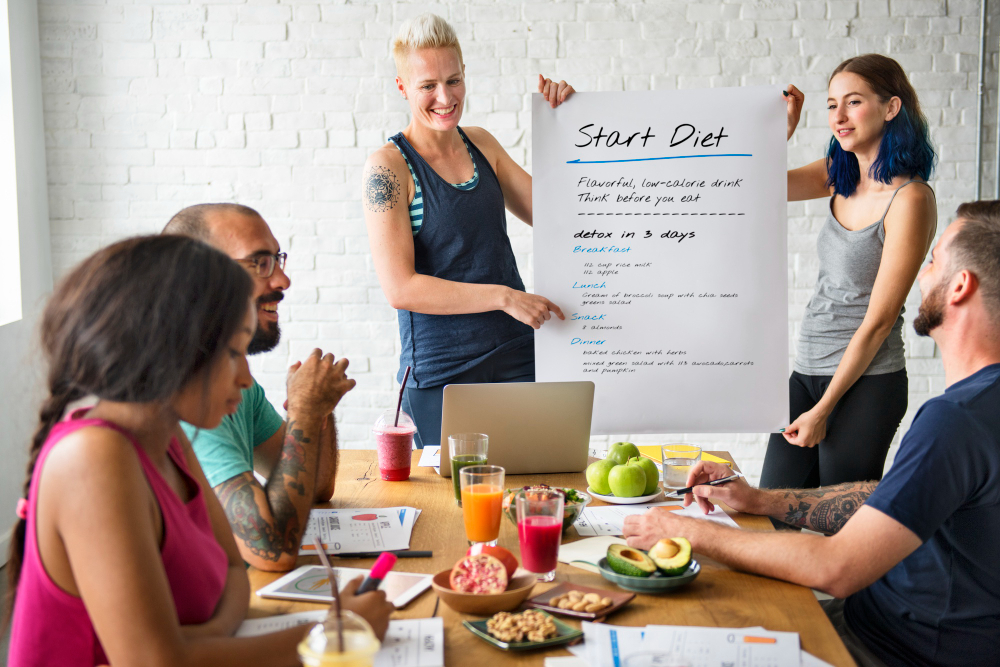
Conclusion
Staying fit and active after 60 is entirely achievable, even from the comfort of your own home. Incorporating these ten easy exercises into your routine can improve your strength, flexibility, cardiovascular health, and overall well-being. Start slowly, consult your doctor, and listen to your body. Stay motivated, celebrate your progress, and embrace a healthy lifestyle. You can enjoy a vibrant and active life well into your golden years with dedication and consistency.
FAQs – 10 Easy Exercises You Can Do at Home to Stay Fit After 60
Q: Can I do these exercises if I have joint pain?
Yes, most of the exercises mentioned can be modified to accommodate joint pain. Listening to your body and avoiding exercises that cause discomfort is essential. Consult a healthcare professional or a physical therapist for personalized guidance if you have specific concerns.
Q: How many times a week should I do these exercises?
Aiming for at least 2-3 days of exercise per week is recommended, allowing for rest and recovery between sessions. However, you can gradually increase the frequency as your fitness level improves. Listen to your body and adjust the frequency based on your comfort and capabilities.
Q: Can I do these exercises if I have limited mobility?
Many of the exercises mentioned can be modified to accommodate limited mobility. For example, seated exercises can be performed instead of standing ones. It’s essential to work within your range of motion and choose exercises suitable for your capabilities. Consulting with a healthcare professional or a physical therapist can provide tailored recommendations.
Q: Is it necessary to warm up before doing these exercises?
Warming up before exercise is crucial to prepare your muscles and joints for physical activity. A warm-up can include light cardio exercises like marching in place or gentle stretches that target major muscle groups. Warming up helps prevent injuries and allows for better performance during your workout.
Q: Can I combine these exercises with other forms of physical activity?
Absolutely! These exercises can be incorporated into a well-rounded fitness routine that includes activities you enjoy, such as walking, swimming, or dancing. Variety in your workouts helps engage different muscle groups and provides a more holistic approach to fitness. Just ensure you listen to your body and avoid overexertion.

